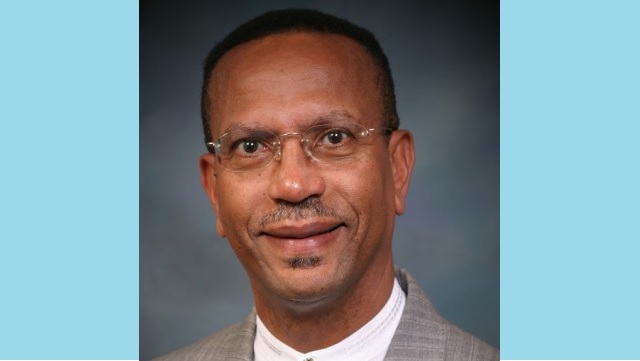The long awaited governing program has finally been released under the name “Solidarity for Prosperity.”
I commend the United Democratic Alliance (UDA), comprised of the NA, USP and DP factions, for producing such a colorful and comprehensive document. Comprehensive in the sense that it identifies practically all the issues and challenges that our society is faced with. Unfortunately though, this document does not meet the requirements of a program or a plan, but can be considered an upgraded or glorified version of a manifesto.
According to the dictionary, a manifesto is a written statement declaring publicly the intentions of its issuer. UDA’s governing program definitely meets this criteria, but then also adds which ministry or department will be responsible for its execution. Unfortunately, this programs only outlines the “what” and the “who.” We need to bear in mind that a well-planned and thought-out program must also include the action aimed at accomplishing the objectives, with details on what work is to be done, by whom, when, and what means or resources will be used.
The “Solidarity for Prosperity” governing program only answers the “what” (the objectives) and the “who” questions. But, the important “when,” “where,” and “how” questions, regarding government’s intentions for the coming governing period, remain a mystery.
A governing program serves three purposes. It is a road map for the government to follow during its governing term. It also serves to inform the people what they can expect their government to do for them and for the country during the governing period. In the third place, the governing program is a standard that parliament can use to monitor, supervise, control and hold the government accountable during its term of office.
Take for example the project listed on page 98 entitled: “realize a waste-to-energy plant that includes recycling.” This sentence fits well in a manifesto, but not in a governing program because it leaves the “who, when, where, how and why” questions unanswered. The “who” refers to the company(ies) involved. The “when” indicates the time-frame. The “where” identifies the location and the “how” refers to the financial, human and material resources. The “why” gives justification for the projects.
Take another example. On page 49 under the initiative “optimize the operations of the prison” a number of projects are listed such as: “upgrade and maintain the safety and security systems in prison” and “address staffing issues at the prison.” These are great objectives, but the UDA does not give us any answers to the when, where, why and how questions. With so many questions unanswered, Parliament will not be able to monitor and control the process and as a result it will not be able to hold the government or the minister accountable for these projects.
Given the half-finished nature of the governing program, Parliament will not be able to use this governing program because it does not include any bench marks such target dates, costs, resources or priorities. Of course, it is not expected that every intention of government for the governing period will be worked out to the nitty gritty. Yet, if parliament is to carry out its supervisory role in a responsible manner, then parliament must know which items in the program have priority, when government expects to start and complete a project and what are the costs involved.
May I advise UDA to look at past Dutch governing programs in order to get an idea how to set up and structure a governing program?
“Solidarity for Prosperity” has tried to address as many social, governmental, environmental, economic, cultural issues as possible, which is very commendable but at the same time grossly unrealistic. It is impossible to tackle all the intentions listed in the governing program within the next three and a half years. Why? Because of budgetary constraints as well as the lack of human and material resources. For this reason, it behooves the UDA to prioritize the plethora of intentions or projects and to sequence them based on the availability of finances, human and material resources. It appears to me that the governing program assumes that the sky is the limit as far as finances is concerned.
I am amazed that the UDA leaders, who have decades of experience in government, would present such a mediocre governing program. It also surprises me that the DP Leader who, in 2015, was highly critical of the UP’s governing program faction would actually approve “Solidarity for Prosperity.”
Because, the DP leader made the following remark to SMN-NEWS, on September 7, 2015, concerning UP’s governing program: “It’s a pity that the program offers no structure, no targets, no monitoring, no financial paragraph, simply put, a poor excuse for a program.” Sadly, these same words can be applied to the current UDA’s governing program as well.
Since the governing program does not meet most of the criteria that are required for a basic program or plan, it gets an insufficient grade from me and my advice to UDA is: go back to the drawing board.
Parliament needs to be very critical of this governing program because ultimately it will be parliament that will be blamed for not doing its job as supervisory body.
Wycliffe Smith
Leader of the Sint Maarten Christian Party



































